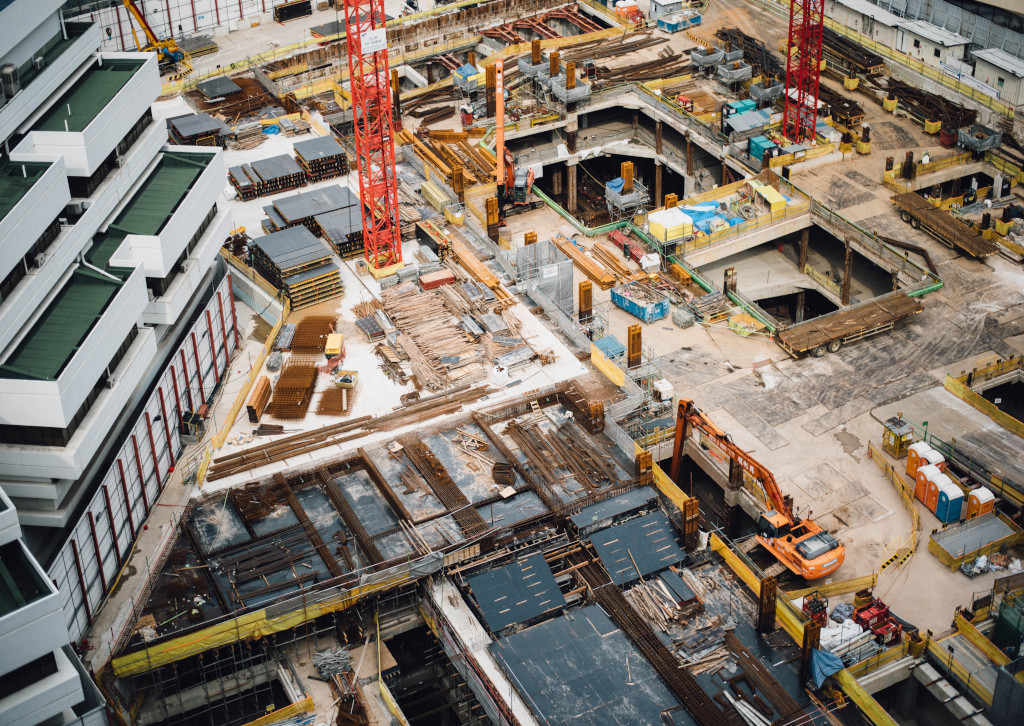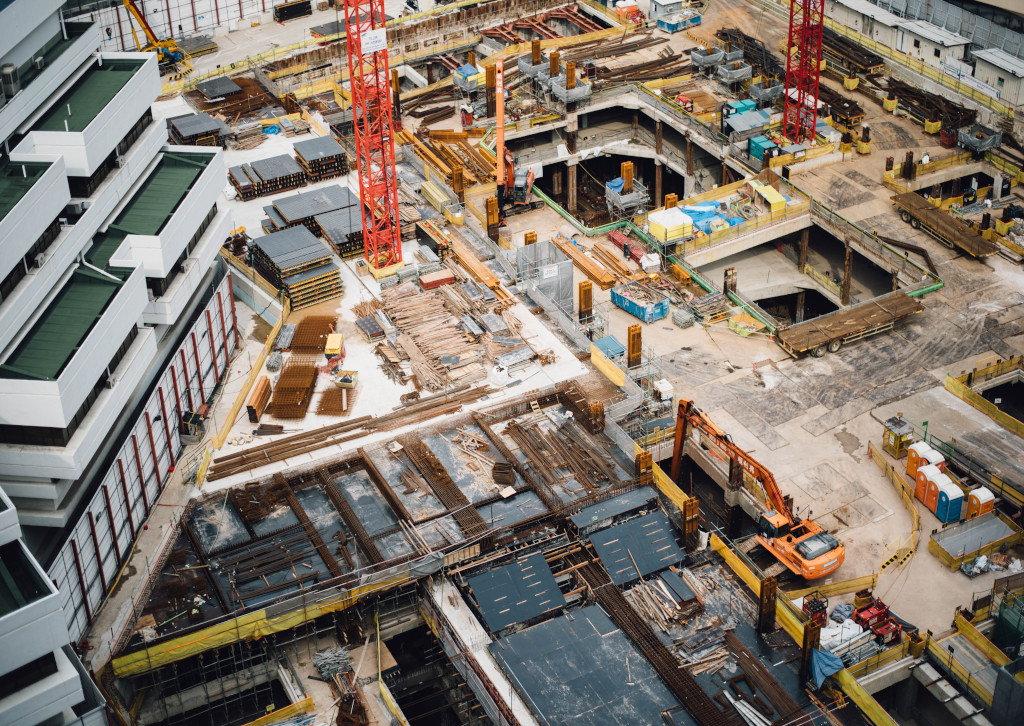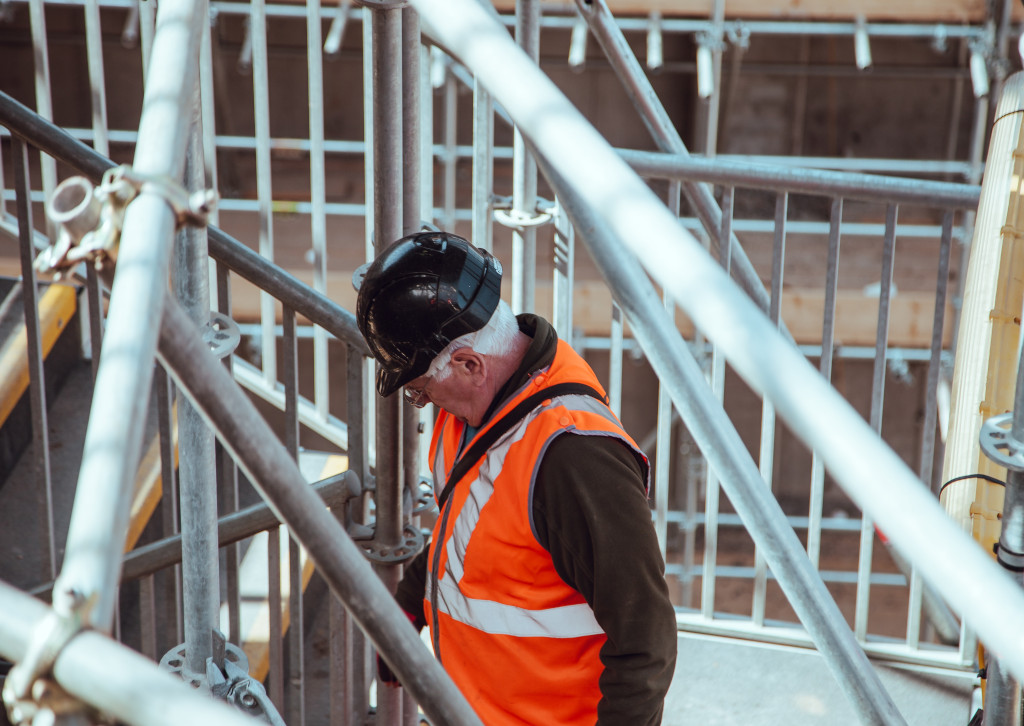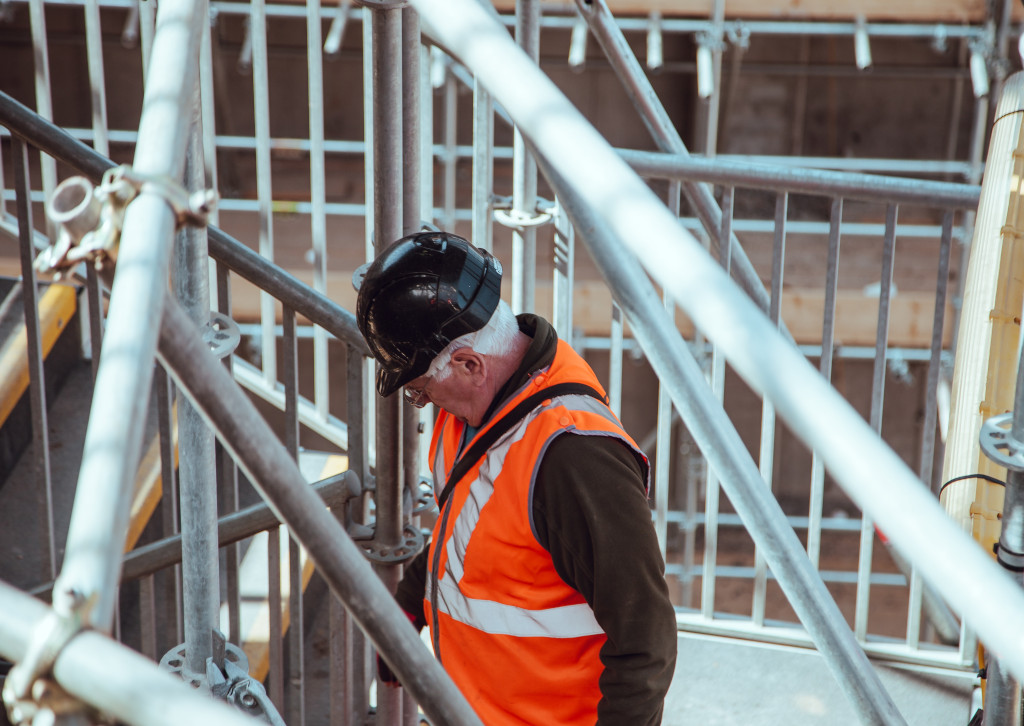
Carroll Estimating was established in 2019 to help and support main building contractors and developers better understand their tender and construction costs. Focusing on estimating services, the firm helps secure tenders and projects in a simple and effective way.
However, Carroll Estimating provides more than just an estimating service. The team combines over 40 years of experience and works in a collaborative partnership with clients and construction professionals alike to develop transparent and trusting relationships. With every tender, they provide affordable, professional, cost-effective, confidential and punctual estimating services from the smallest construction projects to large civil engineering projects across Ireland, the UK and Europe.
Delivering a competitive advantage to their clients is vital and additional estimated coded breakdowns are provided to ensure tenders are factually priced to the last nail. The team recognises the important role technology solutions play in providing accurate and speedy estimates, and the business has invested in sourcing the best estimating and procurement software to deliver results for their clients.
Technology playing a key role in company growth
Patrick Carroll, Director at Carroll Estimating, knows that the shortage of surveyors and estimators across Ireland means many major infrastructure and construction project professionals are time pressured when it comes to tendering and bidding.
“We work with main contractors in Ireland and we’re now expanding into the UK, but we really serve as an extension into their project team,” remarks Patrick. “We take the utmost pride in what we do because when our main contractors are successful, so are we.”
Ensuring that technology plays a vital role in their day-to-day operations is crucial for Patrick and the team, helping to deliver timely but accurate contributions on projects.
“We know that continually evolving and investing in the best technology solutions out there ensures we can provide the most accurate numbers in a timely manner to nurture our relationships. We thrive on repeat business and that comes with the quality of work we provide” reflects Patrick. The quality of work provided by Carroll Estimating is exemplified through their business growth.
Since starting out in 2018, Patrick has been able to grow the size and scale of projects the team work on through fostering their client and customer relationships as well as focusing on innovation. Patrick completed a Masters degree in construction informatics – a Building Information Modelling (BIM) course that provided him with solid knowledge around BIM theory and application as well as principles and practices of advanced construction technologies.
For Carroll Estimating, using BIM on projects and technology like a common data environment is essential for access to the most up-to-date project data and information. As an extension to the project team of the main contractors they serve, Carroll Estimating has experience using a variety of BIM platforms. In fact, Patrick insists this technology is used by all supply chain partners during construction tenders and bids to streamline communication between all stakeholders during the process.
Establishing better BIM practices and creating time savings
Leveraging BIM models for estimating is something Carroll Estimating prioritises on every project. They began a trial of Autodesk Takeoff, an Autodesk Construction Cloud solution, in early 2020 to explore options that would combine 2D and 3D quantification capabilities in one solution.
“We’ve been able to collaborate much more efficiently with our supply chain and main contractor partners as we’re all working from one single source of truth on our takeoffs, bids and tenders,” says Patrick. “We serve as an extension to the main contractor’s project teams, and can use the solution to communicate upfront with our design team colleagues on our needs later down the line.”
Using Autodesk Takeoff, Carroll Estimating can create competitive tenders by performing more accurate 2D takeoffs and generating automated quantities from 3D models. “Before using Autodesk Takeoff, we spent a lot more time on this process. As an example, on a particular project we needed to perform a takeoff for 400 doors, with over 20 door types, each type had a separate specification example some had timber or metal door frames. Previously, this activity may have taken a day to identify all of the doors on the model but now using Autodesk Takeoff, we can do this in less than a minute through the 3D model in the software,” says Patrick.
“The efficiencies for our team and our clients are what really stand out to us. Another example is the time it now takes to price structural floors – previously this may have taken half an hour and now we can do it in a matter of seconds.”
For Carroll Estimating, reducing the time spent on administrative tasks so the small team can concentrate on value-adding activities that support their clients’ needs is essential. Using Autodesk Takeoff has allowed them to do exactly this.
Patrick reflects: “Our contractors ask us to price jobs after doing measurements. When we’re working on big infrastructure or commercial projects, we could have up to 50-100 subcontractors working with our team. This means when we send out jobs for pricing, we would need to contact every single one four times as we generally get around four prices per trade. So already, we’re looking at potentially sending out pricing requests to 400 people!
“And when you add the number of email replies you may have to respond to, as well as chasing for quotes and so on, in a week you may have sent up to 1200 emails to complete that one task. Having everyone using one common data environment reduces these administrative tasks immensely – we use the clusters features in Autodesk Takeoff to break out floors, doors and windows to streamline this process and provide a visual representation.”
Staying competitive and growing their offering through technology
Not only does Carroll Estimating save time using Autodesk Takeoff’s features to generate accurate quantities needed for pricing, but the team is also able to verify and capture the most detailed quantities when it comes to bidding and tendering for future work.
As Carroll Estimating works with a number of model iterations on their projects, when drawings change, the team is alerted easily and quickly. They can then quickly verify how any changes affect their pricing using Autodesk Takeoff where previously these changes may have taken a number of days to update.
Collaborating with architects and designers on their projects in real-time in the model using Autodesk Takeoff means communication is more transparent and accurate. The project team can communicate clearly in the models on the needs for pricing and estimating work further down the line. This is vital as accuracy is key when it comes to bidding for work – the competition is fierce, and estimation needs to be spot on and competitive in the marketplace.
“For us as a team, working with more 3D models has opened up our marketplace. Previously, we were primarily doing jobs that had 2D drawings but now we’re able to work on more complex and bigger jobs as the solution improves our productivity,” says Patrick. “We’re also still able to takeoff more regardless of whether they are 2D or 3D models as we’re working from the same environment.” All of this means Carroll Estimating has the capacity to take on not only more work, but more varied work, ensuring that the team gets a diverse variety of projects to add to their portfolios.
Looking to the future, getting the most out of the features and functionality of Autodesk Takeoff is a priority for Carroll Estimating. The team continues to learn more about the capabilities as well as ensuring good BIM practices are established on projects.
Patrick remarks: “Good BIM practice not only saves time on projects but reduces the need for rework and the number of mistakes that can arise, as well as allowing remote collaboration. Our team isn’t required on site as much because we’re working in a more digital environment that is collaborative and transparent. Not only does this improve productivity but safety is also supported too.”
For Patrick, the value of working digitally using BIM is something every construction project should be doing and is the future direction the industry needs to take.
The post Using Technology to Slash the Time It Takes to Deliver Accurate Takeoffs With Carroll Estimating appeared first on Digital Builder.





